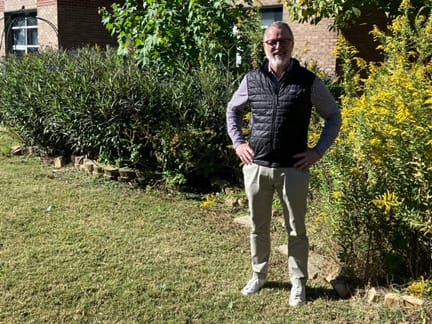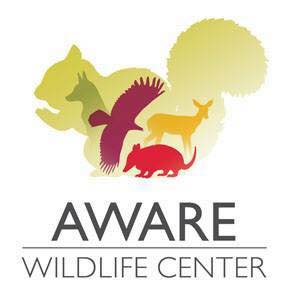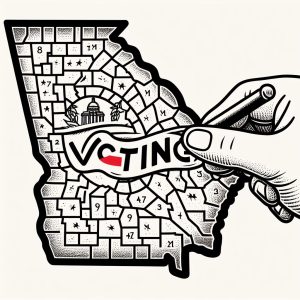By Paul Bolster
When Principal David White came to Burgess-Peterson ten years ago, the school had 240 students – -that included 60 in the Atlanta Public Schools (APS) Pre-K program. Now there are 600 students and they do not have room for Pre-K. Each year after the Covid pandemic enrollment has grown by 10-15%. Part of the growth came when APS closed Whitefoord Elementary and students from the Reynoldstown neighborhood were assigned to the school.


So how is the school doing? For the last eight years Mr White has focused the entire school on improving the literacy skills of the students. He believes the school should focus on improving one learning area and then expand to others. To have an impact on literacy he partnered with REAP (Reading is Essential to All People), an education consulting firm specializing in the science of reading. In the first year of the program they trained every teacher in the latest scientific approaches to reading. Each new teacher received the same training so now all teachers know how to recognize a student with a special problem (e.g. dyslexia) and know what to do about it.
The focus has made a performance impact. In reading at or above grade level Burgess-Peterson ranks at the 79th percentile of all elementary schools in the State. (You can find performance data on all APS schools by googling APS INSIGHTS.) The school’s 80th percentile rating on the College and Career Ready Performance Index (CCRPI) is the highest in the Jackson Cluster and above the average performance of elementary schools in APS and the State. The school recently had Family Literacy Night and made available to parents a class in the science of phonetics. The school has this year added a new focus on math.
Although black students at the school perform at lower levels than white students, Mr. White said “It’s not race, it’s opportunity. The economic circumstances of the family effect proficiency more than race. When the family is food insecure, housing insecure, or job insecure, the parents can’t give their children the support they need. They can’t get to a teacher conference, a PTA activity, or sit with a child who may be struggling with homework.” The data from Burgess-Peterson, he said, bear that out. White students in families with similar economic opportunities have similar performance results.
He believes one key to the school’s success is its connection to its community. The students of the school have always been a unit in the Strut. When nearly 300 students turned out this year to walk in the parade with their parents, they won the Grand Champions Award. For years, with financial help from EACA and the leadership of Michelle Rice, the school has had a productive vegetable garden. They’re ready to harvest this year’s crop of sweet potatoes and are at the edge of planting winter leafy vegetables.
Monday through Thursday students wear uniforms, Fridays are free fashion with limits. They’re also highly active days. One particular Friday one class was off to Madison Yards to see a movie based on a novel they had read. Some fifth graders were presenting their business innovations to a Shark team panel. Their ideas included a computer program to feed pets, special boots for riding horses, frog gummies, a beanie with a built-in head warmer, and a healthy hydration drink. These creative efforts reflect the schools commitment to the International Baccalaureate program. It embeds the school’s focus on “the whole child as an inquirer, both in the classroom and in the world outside.”
The quality of the teachers and the learning environment is shown in its high teacher retention rate. You see it in the three Burgess-Peterson teachers have been selected as Elementary School Teacher of the Year for APS; one went on to be Georgia Teacher of the Year. White himself has been principal of the year for APS.
Principal White, who has worked 33 years as a teacher and administrator for APS, is retiring this year. White feels Burgess-Peterson Academy is a “really sweet school,” and he appreciates the time he has had to “tweak a few things.” But he worries about the future of his struggling young students who have access to social media and the prosperous life it portrays. “They see things that look far from their reach. The gap between those with opportunity and those without seems wider than ever and even a 7-year-old can see it. What effect will that have on that 7 year old when the challenges of education come?”





